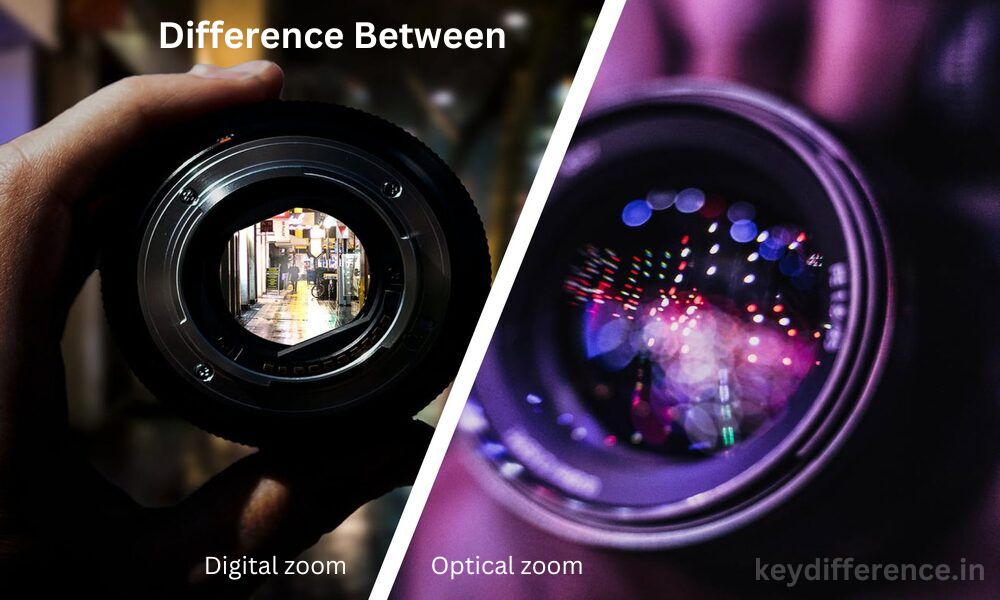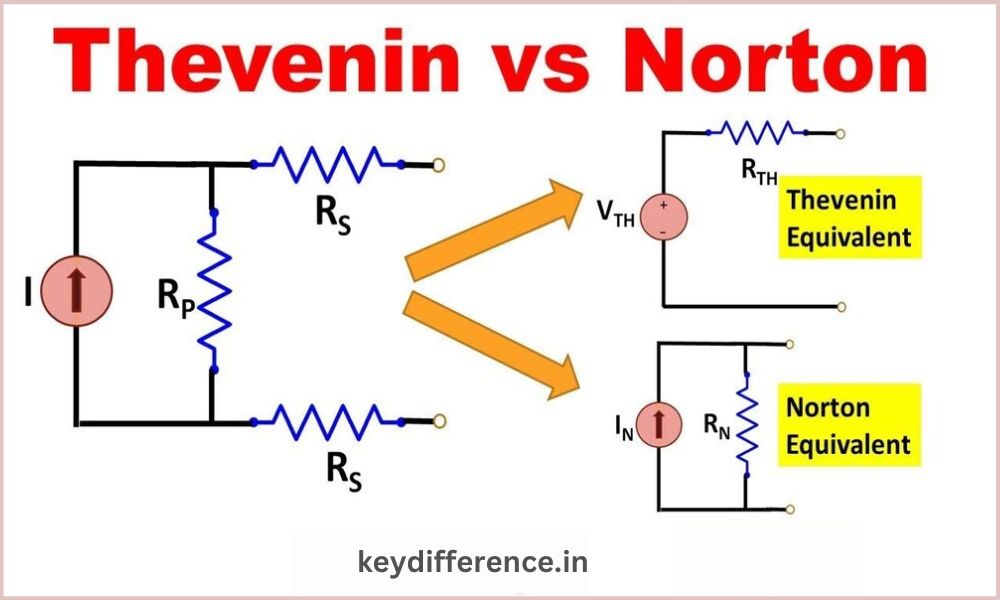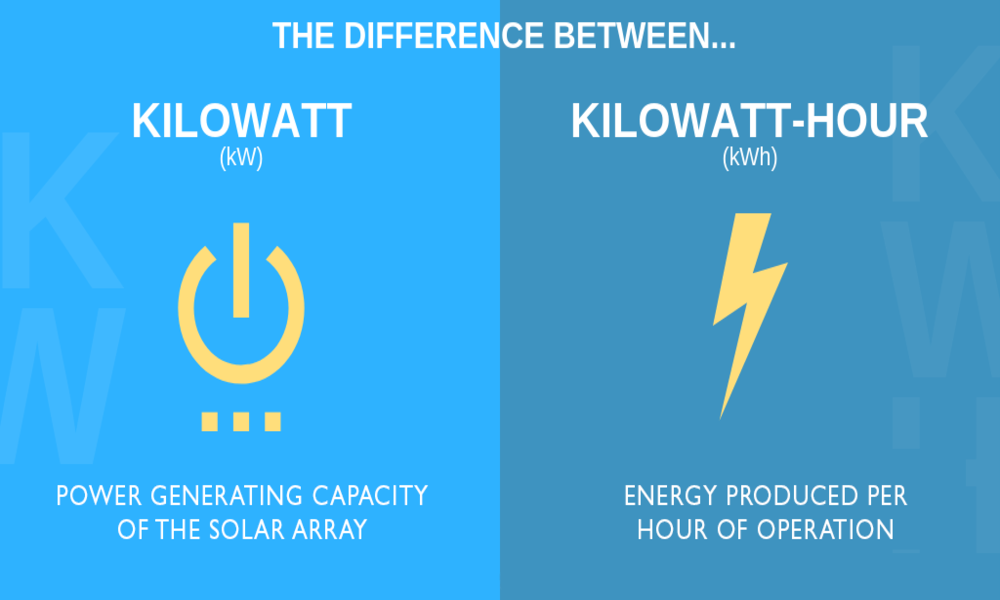“Zoom capability is a fundamental aspect of modern cameras, allowing us to capture distant subjects or fine details. Within this realm, two distinct technologies–optical and digital zoom–play pivotal roles in shaping our visual experiences.
While both offer the promise of closer shots, they differ significantly in their mechanisms and the quality of results they deliver. Let’s delve into the nuances of optical and digital zoom to understand their functionalities, advantages, and limitations in the realm of photography and videography.”
What is Optical Zoom?
The term “optical zoom” refers to the ability to physically magnify cameras achieved by the motion of the lens components. It is the process of adjusting its focal distance in order to draw distant subjects closer to one another without losing image quality.
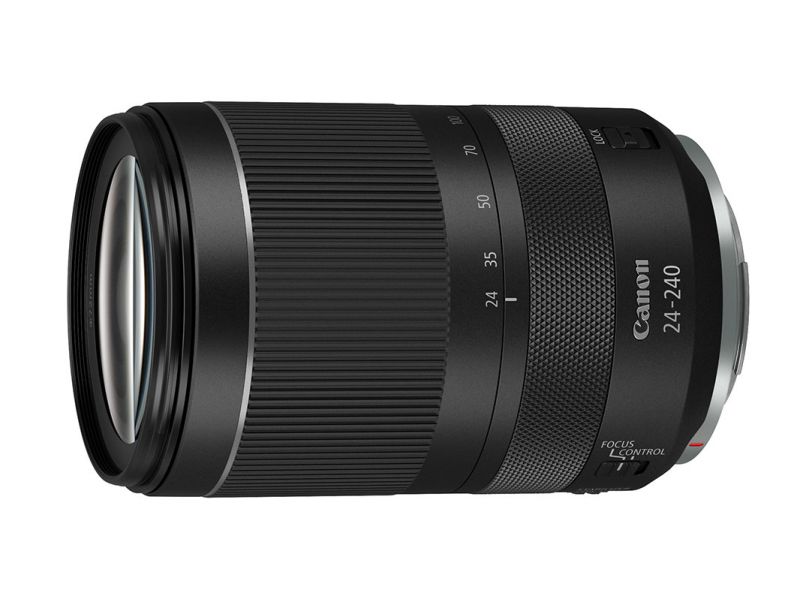
In contrast to digital zoom, which expands a small portion of an image electronically, optical zoom makes use of the lens’s optics to increase the size of the subject which results in more sharp, high-quality images with preserved resolution and detail whatever the zoom.
What is Digital Zoom?
Digital Zoom is a method that allows cameras to increase the size of an image electronically by increasing and cropping a particular portion of the image. In contrast to optical zoom, which adjusts the lens physically to focus the subject digital zoom is based on computer software to enhance the original image.
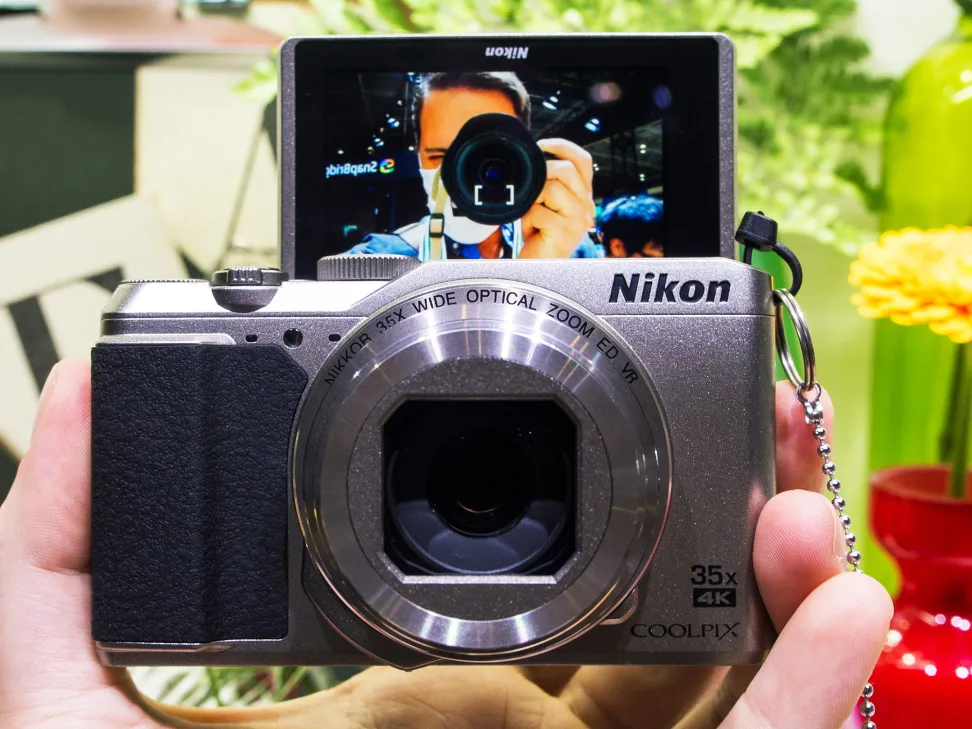
It does this by recording only a fraction of the sensor information in the image and then interpolating and increasing the image. While digital zoom increases the apparent range for the camera’s lens, it frequently causes a loss in image quality, decreased resolution, and an increase in clarity because of the interpolation process.
Importance of Zoom in photography and videography
Zoom has a significant role to play in both videography and photography for a variety of reasons:
- Frames and Composition: Zoom lets filmmakers and photographers frame their photos precisely, taking pictures of subjects at different distances and without having to physically move closer. It allows for flexibility when composing images or videos by altering the focal length. This allows for a variety of perspectives and compositions.
- Flexibility in Capturing Subjects: Zoom allows the photography of distant objects or specifics that are difficult or impossible to access physically. This flexibility is particularly important when getting nearer to your subject isn’t possible, like the photography of wildlife, sporting events, or specific locations.
- The power of creativity and impact on the visual: Zoom can be an instrument to express creativity. It lets you alter the depth of field and perspective which allows videographers and photographers to focus or minimize aspects of the frame. This artistic control adds depth and excitement to the visual storytelling.
- The convenience and flexibility of HTML0: Zoom lenses offer the convenience and flexibility you need while minimizing the necessity to carry multiple lenses and constantly switch locations. This is especially useful when shooting in situations where quick adjustments are needed.
- Documenting moments and details: Zoom capabilities allow us to capture delicate details or moments that otherwise would remain unnoticed. This feature is vital for a variety of genres, such as documentaries, event coverage, and even everyday photography.
Zooming into videography and photography is not solely about magnification. It’s about allowing visual flexibility in terms of creative control, as well as the ability to capture events or subjects in a manner that fits the vision of the artist or the message being communicated.
Comparison Table of Optical and Digital Zoom
Here’s a comparative table that compares digital and optical zoom:
| Features | Zoom Optical | Digital Zoom |
|---|---|---|
| Definition | The lens is physically adjusted to focus on the subject | The image is magnified once it’s been taken using cropping or magnifying pixels |
| Image Quality | Improves image quality by providing clarity and sharpness. | This could result in pixelated or blurry images, with a decrease in resolution |
| Zoom Range | The lens is limited by its aperture as well as the lens. | No limits on the Zoom range |
| Low-Light Performance | It performs better in low-light conditions. | This could result in blurred images when low-light conditions are present. |
| Image Stabilization | Could have features for image stabilization. | Does not offer image stabilization |
| Cost | Higher price due to the necessity for a more premium lens | Costlier since it’s software-based |
| Additional Features | It may also have other features, including image stabilization | It could be added as an additional feature along with Zoom Optical. |
By comparing these features you will be able to determine which kind of zoom is the best for your requirements and the situation.
Which option is superior?
The decision of whether to use digital and optical zoom isn’t easy, since each has strengths and drawbacks:
Optical Zoom:
- Benefits: Maintains image quality It preserves resolution and detail True magnification is achieved through the physical adjustment of lenses.
- Restrictions: Bound by the physical limitations that the lens they are limited in the magnification range it can attain.
Digital Zoom:
- Benefits: Extends apparent magnification beyond the limitations of optical zoom, and allows flexibility when it comes to expanding the zoom range.
- limitations: Decreased image quality decreases resolution and clarity because of electronic enlargement. does not offer optical magnification.
For conserving image quality and keeping details optical zoom is usually considered to be superior. It allows for a true magnifying power without sacrificing the clarity and quality of images.
Digital zoom on the other hand reduces the quality of images since it expands the information, resulting in increased clarity and pixelation.
Factors to consider
In deciding whether to utilize zooms that are digital or optical in photography or picking cameras based on their zoom capabilities, a variety of aspects must be considered:
- Image Quality: Examine the value of the quality of your images. If maintaining clarity resolution, clarity, and detail is important, then optical zoom is typically preferred because it can maintain the image quality.
- Usage and Purpose: Determine the intended usage of your images or videos. If you require exact, high-quality photos for detailed or professional work, then optical zoom could be better suited. But for informal or casual use, where minor quality loss will suffice, digital zoom may give you a greater range of options.
- Specifications for Cameras: Examine the specifications of the lens or camera. A camera that is equipped with an impressive optical zoom could meet the majority of your needs, but not require any digital zoom. Find out about the optical zoom capabilities and the way it matches your photography needs.
- lighting conditions: Be aware of the lighting conditions. In low-light conditions, optical zoom’s ability to capture more light with no digital manipulation could yield superior results than digital zoom which could increase noise in low-light conditions.
- Topic and Distance: Consider the types of subjects that you normally shoot or film. If you often capture distant subjects or require flexibility to shoot different locations, then a camera that has an optical zoom that is strong may be a better fit for your needs.
- Post-Processing preferences: Consider your readiness and ability to post-process photos. If you’re able to edit photos or videos to make up for the loss in quality caused by digital zoom, you could increase your choices. If you’re looking for less post-processing than others, opting for optical zoom is recommended.
- Cost and Equipment: Be aware of budget limitations and equipment available. Cameras that have powerful zooming capabilities could cost more, therefore make sure you balance your needs with available equipment.
Similarities Between Optical and Digital Zoom
Certainly! Although they have distinct features between them, digital and optical zoom have some common elements:
- Magnification function: Both optical and digital zooms are designed to bring subjects closer to the camera’s sensor. This allows us to take better photos without physically getting toward the camera.
- Enhanced composition: Both types of zoom allow videographers and photographers to compose their images more precisely by adjusting the apparent dimensions of the subject in the frame.
- Higher subject reach: The HTML0 camera extends the scope of the camera permitting users to take pictures of distant objects which makes distant subjects easier to access.
- Flexible shooting: Both kinds of zooms offer a certain amount of flexibility when it comes to capturing photos or videos. They offer options for different angles and compositions without the need to change the camera’s location.
While there are many similarities between the two however, it is important to remember that the processes and results of digital and optical zoom are quite different, especially when it comes to maintaining the quality of images and keeping the details. Optical zoom is more effective than digital zoom.
Conclusion
both digital and optical zooms serve the same purpose, getting subjects closer to the camera, improving the composition of shots, and allowing for greater flexibility in the capture of images.
Their approaches and results differ greatly. The optical zoom preserves image quality and clarity by physically altering the lens. Digital zoom, while extending the range, can compromise the quality of images because of electronic zoom.
The decision between these two is based on the proportion of image quality, and also the necessity to have a wider zoom range in certain shooting situations.

